Best Tips for Packing Fragile Items for Moving and Storage
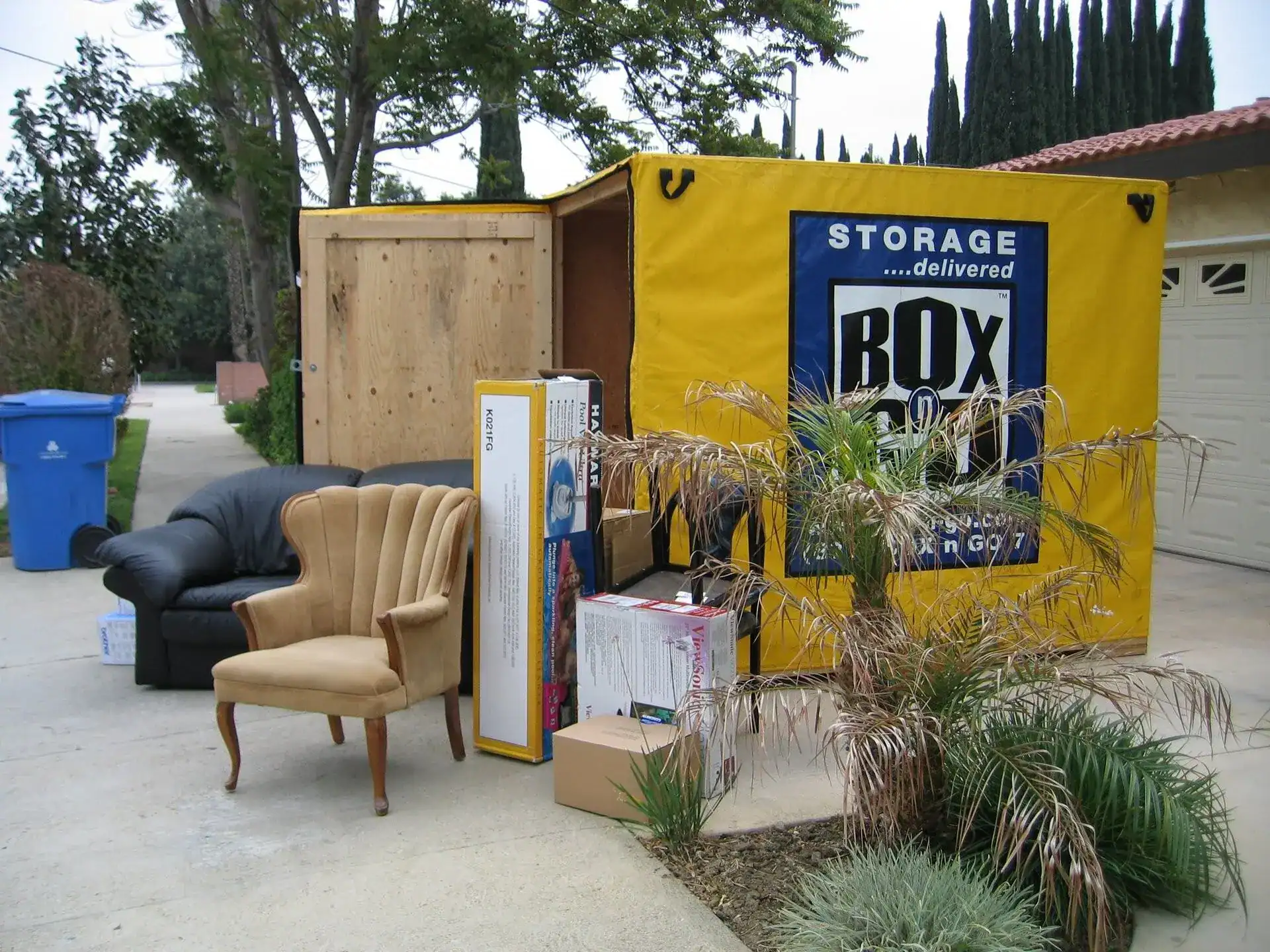
When it comes to packing and moving, protecting your fragile items should always be a top priority. Whether you’re preparing to relocate, storing oversized or breakable belongings, or simply organizing items to move later, the right techniques and materials make all the difference. Using a sturdy moving box, packing paper and bubble wrap, or even original boxes with cardboard inserts can help safeguard delicate possessions from broken glass or damage during relocation.
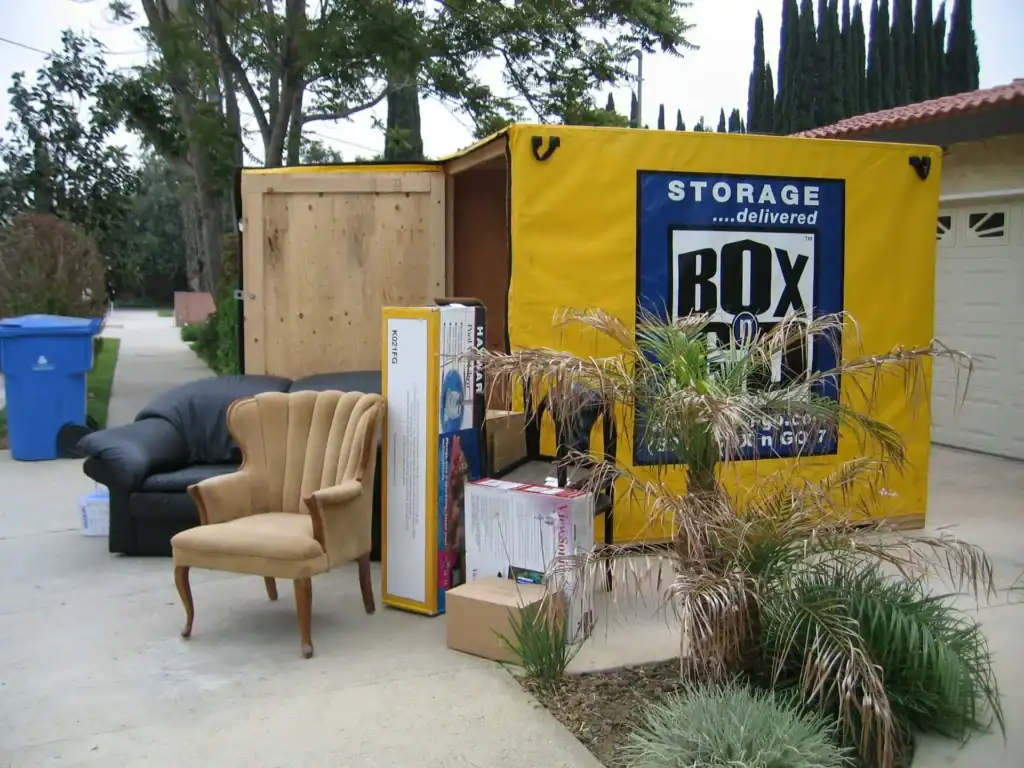
Box-n-Go offers reliable portable storage solutions designed to keep your valuables safe. Our containers give you a secure space to carefully roll packing materials around items, fill the inside boxes with newsprint for extra surface area protection, and use tape to seal everything in place. With these simple yet effective methods, unpacking becomes stress-free, knowing your fragile items are well-protected.
- Save 50% on move-in
- No truck rental
- Ground level










- Save 50% on move-in
- No truck rental
- Ground level
Box-n-Go Portable Storage Unit Sizes

For more information on portable storage and moving solutions, visit our website or call 877-269-6461 today.
Key Takeaways
- Proper packing techniques are vital for protecting fragile items during storage.
- Box-n-Go’s portable storage solutions offer a secure way to store your belongings.
- Using the right materials can significantly reduce the risk of damage to fragile items.
- Box-n-Go’s containers are designed to provide a safe environment for your possessions.
- For expert advice and portable storage solutions, contact Box-n-Go at 877-269-6461.
The Importance of Proper Packing for Delicate Items
Proper packing is the cornerstone of protecting fragile items during storage and transport. Fragile items, by their very nature, demand extra care and attention to detail when being prepared for storage.

Why Fragile Items Require Special Attention: Ways to pack
Fragile items are more susceptible to damage from mishandling, shocks, and environmental changes. This makes it essential to handle them with care, using appropriate packing materials and techniques to safeguard against potential hazards. As Box-n-Go emphasizes, the right packing strategy can significantly reduce the risk of damage.
Fragile belongings like glassware, ceramics, stemware, and knick knacks need extra care. Wrap each piece in wrapping paper or bubble wrap, and make sure boxes are cushioned to keep delicate belongings safe.

Box-n-Go Moving and Storage Services
Box-n-Go’s portable storage solutions are designed with the safety of your belongings in mind. Our containers are constructed to withstand various environmental conditions, ensuring that your fragile items remain protected. By utilizing Box-n-Go’s services, you can have peace of mind knowing that your valuables are stored securely. As one of our satisfied customers noted, “Box-n-Go’s storage solutions gave me confidence that my fragile antiques were safe.” This highlights the importance of choosing a reliable storage provider.
By combining careful packing with Box-n-Go’s reliable storage solutions, you can ensure that your delicate items are well-protected. This dual approach is key to maintaining the integrity of your fragile possessions during storage and transport.
Box-n-Go also provides moving services, but not just like any standard moving company; that service is paired with portable and flexible solutions.
Essential Supplies for Packing Fragile Items for Storage
To keep your fragile belongings safe during storage, you’ll need to stock up on the right packing supplies. The quality of your packing materials can significantly impact the safety of your items during transit and storage.
Quality Packing Materials Checklist
Having the right materials is crucial for protecting your fragile items. Here’s a checklist of essential packing supplies:
- Sturdy boxes of various sizes
- Bubble wrap and foam inserts
- Packing paper and paper pads
- Strong packing tape and tape dispensers
- Markers and labels for clear identification

Having the right packing supplies, from small boxes and sturdy boxes to bubble wrap and tape, makes all the difference when moving and storage projects involve fragile items.
Specialized Packing Supplies for Extra-Fragile Items
For items that are particularly fragile, such as fine china or glassware, consider using specialized packing materials like:
- Custom-cut foam inserts
- Antique or art box packaging
- Corner protectors for furniture
Store on your driveway or inside our secure facility. Load/unload only once. Ground level access.
Where to Source Professional-Grade Materials
Professional-grade packing supplies can be sourced from:
- Specialty moving and storage companies
- Online retailers that cater to movers and packers
- Local hardware stores with a moving section
Ensuring you have the right storage packing checklist in place will help safeguard your fragile items.
Setting Up Your Packing Workspace
Packing fragile items requires a thoughtful approach, starting with a well-prepared workspace. An efficient packing area not only streamlines the process but also minimizes the risk of damage to your delicate belongings.

Creating an Efficient Packing Station
To create an effective packing station, start by designating a specific area for packing. This space should be clear of distractions and have a stable surface that can accommodate your packing materials and fragile items. Ensure good lighting to help you see the details of the items you’re packing.
Use small boxes for heavier items and sturdy boxes for stacking. Always place heavier items on the bottom and fill any extra space with towels, packing paper, or cushions.
Organizing Items by Fragility and Category
Organizing your items by their fragility and category is crucial. Begin by sorting items into groups based on their material and fragility level. For instance, group together glassware, electronics, and artwork separately. Within these groups, further categorize items by their size and weight to facilitate a more organized packing process.
By taking time to organize, pad fragile objects, and use quality materials, you’ll reduce the risk of damage and enjoy peace of mind during the move.
Tools and Equipment to Have on Hand
Having the right tools and equipment is vital for efficiently packing your fragile items. Essential supplies include sturdy boxes, packing paper, bubble wrap, and tape. Additionally, consider having markers for labeling and scissors for cutting packing materials to have on hand.
- Call or order online in minutes
- We deliver storage to you
- Pack at home, at your convinience
- Store on your property or at indoor facility
- Move locally or nationwide
- Call or order online in minutes
- We deliver 16′ and 20′ storage to you
- Pack at home, loading labor available
- Store on your property
- Secured Extra Space
General Techniques for Wrapping and Cushioning
To ensure your fragile belongings arrive at their destination intact, mastering wrapping and cushioning techniques is essential. Proper wrapping and cushioning are critical for protecting fragile items during storage and transport.
The Double-Wrap Method for Maximum Protection
The double-wrap method involves wrapping each item individually and then wrapping it again with additional protective material. This technique provides maximum protection against shocks and impacts. Start by wrapping the item in packing paper or bubble wrap, ensuring all surfaces are covered, then add an extra layer until the piece is securely protected against movement. Then, add an additional layer of wrapping material around the item before placing it in a box.

Proper Cushioning Techniques for Different Materials
Different materials require different cushioning techniques. Fragile objects such as glassware, ceramics, and stemware benefit from being wrapped in bubble wrap or paper wrapping, while heavier items may need additional padding at the bottom of the box.
Box Selection and Weight Distribution Guidelines
Choosing the right box size and distributing weight evenly are vital for safe storage. Select boxes that are sturdy and the right size for your items. Heavier items should always go at the bottom of the box, with lighter ones stacked above. Use sturdy boxes or smaller boxes for delicate items to reduce shifting and minimize breakage during transit.
By following these general techniques for wrapping and cushioning, you can significantly reduce the risk of damage to your fragile items during storage and transport.
How to Pack Glassware and Dishware Safely
Safely packing glassware and dishware involves more than just wrapping them carefully; it requires a strategic approach. The fragility of these items demands attention to detail to prevent breakage. Always use items with packing paper or cushion layers to ensure each piece is individually protected.
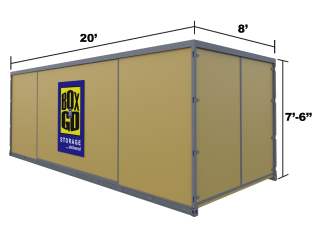
20’ Container – all weather.
Perfect for 3-bedroom residence.
5-7 rooms, furniture, appliances, etc.
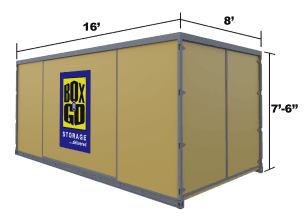
16’ Container – all weather.
Perfect for 2-bedroom residence.
3-5 rooms, furniture, appliances, etc.
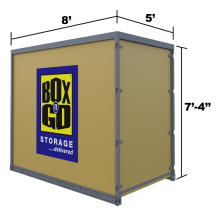
8’ Container – all weather.
Modular – works for any need.
Each fits 1-1.5 rooms.
Step-by-Step Wrapping Process for Glasses and Stemware
To wrap glasses and stemware effectively, start by wrapping each item individually in bubble wrap or packing paper. Begin at the base of the glass and work your way up, ensuring that the wrapping material is snug but not too tight. For stemware, pay extra attention to the stem, wrapping it carefully to prevent any pressure points.

Plate and Bowl Stacking Strategies
For plates and bowls, use a similar wrapping technique, then stack them with care. Place a layer of packing material between each item to cushion them. For bowls, consider nesting smaller bowls inside larger ones, with wrapping material in between to prevent scratching.
Special Considerations for Fine China (ceramics) and Crystal
Fine china and crystal require extra care, as these delicate items and valuable collections deserve high-quality cushioning techniques and sometimes double-boxing for maximum security
Extra Protection for Heirloom Items
For heirloom items, consider using acid-free tissue paper and custom-cut foam inserts for maximum protection. These items may also benefit from being stored in a climate-controlled environment, especially when packed with cardboard dividers or individually wrapped in tissue to reduce the risk of breakage further.
By following these steps and considering the unique needs of your glassware and dishware, you can ensure they remain safe during storage and transport.

Protecting Electronics and Appliances in Storage
Safeguarding your electronics and appliances during storage involves more than just placing them in a container. It requires a thoughtful approach to protect these sensitive items from damage.
Preparing Devices for Long-Term Storage
Before storing electronics and appliances, it’s essential to prepare them properly. This includes cleaning the devices to prevent dust buildup, which can cause overheating or damage. For electronics like computers and smartphones, remove batteries if possible, and consider backing up important data.
Moisture and Temperature Protection Strategies
Moisture and extreme temperatures are significant threats to electronics and appliances in storage. To mitigate these risks, use desiccant packs or moisture-absorbing materials within the storage container. Additionally, store items in a climate-controlled environment if possible, to maintain a stable temperature.
Cable Management and Component Organization
Proper cable management is crucial when storing electronics. Use cable ties or zip ties to keep cables organized and prevent tangles. For larger appliances, consider storing components like cords and remote controls in labeled bags to keep them together.
Anti-Static Packaging Requirements
Electronics are susceptible to static electricity damage. To protect against this, use anti-static packaging materials such as bubble wrap or foam that are specifically designed to dissipate static electricity. When handling sensitive components, ground yourself by touching a metal object or wear an anti-static wrist strap.
By following these guidelines, you can ensure that your electronics and appliances remain in good condition while in storage, ready for use when you need them.

Safeguarding Artwork, Mirrors, and Frames
To preserve the integrity of artwork, mirrors, and frames, it’s essential to use the right packing strategies and storage containers. These delicate items require special care to prevent damage during storage and transport.
Corner Protection Techniques
One of the most vulnerable areas of artwork, mirrors, and frames are the corners. To protect these areas, use corner protectors made of foam or cardboard. These can be purchased or DIY solutions using materials like foam corners or even paper pulp molded into corner shapes. Secure these protectors with tape to ensure they stay in place during handling.
Creating Custom Cardboard Barriers
For added protection, create custom cardboard barriers around your artwork, mirrors, and frames. This involves wrapping the item in a layer of bubble wrap or foam, then placing it in a custom-cut cardboard box or sleeve. The cardboard acts as a rigid barrier against external pressures, while the bubble wrap or foam cushions the item from shocks.
Proper Positioning in Box-n-Go Storage Containers
When placing your wrapped artwork, mirrors, and frames in Box-n-Go storage containers, ensure they are positioned to minimize movement and pressure. Stand them upright or lay them flat, depending on their size and the container’s dimensions. Use packing materials like foam inserts or additional bubble wrap to fill any gaps and prevent shifting. Box-n-Go storage containers are designed to provide a secure environment for your valuables, with features like climate control and robust construction.
We deliver the best storage solutions. No gimmicks:
- No truck to rent. We deliver storage to you!
- Load/Unload only once.
- Pay only for space you use.
- Secure, climate-friendly facility.
- Drive-up access
No Truck to rent…EVER!
- Save money and time.
- Reduce the risk of accidents and injuries.
- No need to pay for gas, insurance & mileage!
Load ONCE Storage Solution!
- You only need to load your belongings once!
- No need to load and unload it all again into a storage unit.
- All containers come with easy ground level access!
Pay Only for the Space You Use!
(if storing at our facility)
- No not need to guess on how much space you actually need.
- Order an extra 8’ x 5’ unit. Do not use it – do not pay for it.
Secure, Climate-Friendly Facility!
- Highest degree of security and protection.
- Our 8’ x 5’ units are breatheable – no mold or mildew.
- No funky smell when your belongings return.
EASY Drive-Up Access!
(if storing at our facility)
- Access your units at ground level.
- No elevators, ramps, stairs to climb.
- Schedule access appointment & drive straight to your units.
By following these guidelines and utilizing Box-n-Go’s storage solutions, you can ensure that your artwork, mirrors, and frames remain safe and secure during storage and transport.
Specialized Approaches for Antiques and Collectibles
Antiques and collectibles demand special care when being packed for storage, necessitating a deep understanding of their unique needs. Whether you’re storing vintage furniture, rare coins, or delicate porcelain, the right packing techniques are essential for preserving their condition and value.

Custom Packaging Solutions for Unique Items
Each antique or collectible item has its own set of requirements for packing. For instance, fragile items like antique vases or glassware require custom crating to protect them from shocks and vibrations during transport. Similarly, valuable collectibles such as rare stamps or coins may need to be stored in specially designed containers that prevent damage and deterioration.
For items with intricate details or unusual shapes, creating a custom packaging solution is often the best approach. This might involve using custom-cut foam inserts or designing a bespoke box that fits the item snugly, minimizing movement and the risk of damage.
Insurance and Valuation Documentation
Before storing valuable antiques and collectibles, it’s wise to document their condition thoroughly. This includes taking detailed photographs, writing descriptions, and obtaining professional appraisals. Additionally, consider insuring your stored items against loss or damage. Keeping a record of the item’s value will facilitate the insurance process and ensure that you are adequately covered.

By taking these specialized approaches to packing and storing antiques and collectibles, you can have peace of mind knowing that your valuable possessions are protected.
Comprehensive Storage Packing Checklist
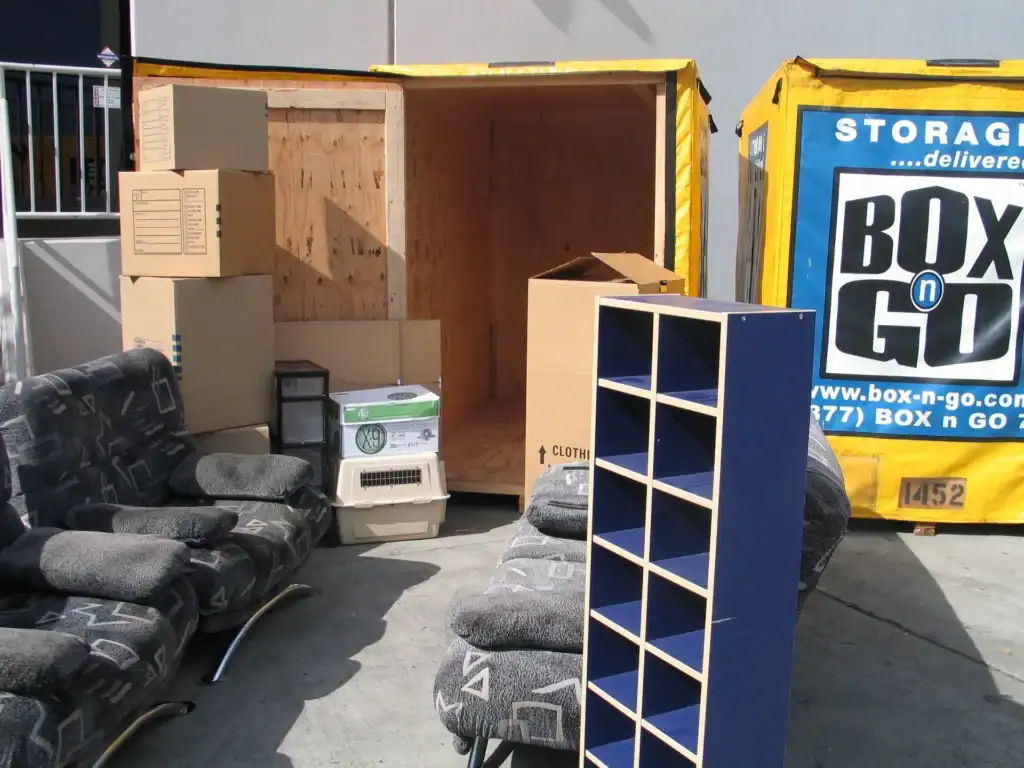
When it comes to storing fragile items, a comprehensive packing checklist is indispensable. This ensures that every step of the packing process is carefully considered to safeguard your valuables.
Pre-Packing Assessment Steps
Before you begin packing, it’s essential to assess the items that need to be stored. This involves:
- Identifying fragile items that require special care
- Gathering the necessary packing materials
- Measuring your storage container to optimize space
During-Packing Verification Process
As you pack, verify that each item is properly wrapped and cushioned. This includes:
- Double-checking the wrapping of fragile items
- Ensuring that boxes are not overloaded
- Strategically placing items within the storage container

Final Box Inspection Guidelines
Once packing is complete, inspect each box to ensure it is ready for storage. Key aspects to check include:
- Sealing and labeling
- Weight distribution
- Stability
Weight and Stability Testing
A crucial final step is testing the weight and stability of packed boxes. This involves:
| Test | Purpose |
| Lifting and balancing | To ensure the box is not too heavy or unstable |
| Shaking gently | To verify that contents are securely packed |
By following this comprehensive checklist, you can ensure that your fragile items are well-protected during storage.
Effective Labeling and Inventory Management
When it comes to storing fragile items, effective labeling and inventory management can make all the difference in their safe handling and retrieval. Properly labeled boxes and a detailed inventory system help ensure that your fragile belongings are handled with care throughout the storage process.
Creating a Detailed Inventory System
A comprehensive inventory system is the backbone of effective storage management. Start by cataloging each item, including its condition, and assign a unique identifier. This process helps in keeping track of your belongings and ensures that you can easily locate them when needed.

Proper Box Labeling for Fragile Contents
Labeling boxes that contain fragile items is crucial. Use clear, bold labels that indicate the contents are fragile. Include arrows pointing upwards to ensure that the boxes are handled correctly. This simple step can significantly reduce the risk of damage during handling and transport.
Digital Tracking Methods for Large Collections
For large collections, consider using digital tools to track your inventory. There are various inventory management software and apps available that can help you catalog and track your items efficiently. These tools often allow you to attach photos, descriptions, and even the location of items within your storage container.
Loading Your Box-n-Go Container for Maximum Protection
Loading your Box-n-Go container correctly is crucial for ensuring your fragile items arrive at their destination undamaged. A well-loaded container prevents items from shifting during transport, reducing the risk of damage.

Strategic Placement of Fragile Boxes
Place your most fragile items towards the center of the container, away from doors and walls. This strategic placement helps protect them from potential impacts. Use sturdy boxes and ensure they are tightly packed to prevent movement.
Securing Items to Prevent Shifting During Transport
To prevent items from shifting, fill any empty spaces in the container with packing materials like foam or paper. Secure large items to the container walls using straps or ropes if necessary.
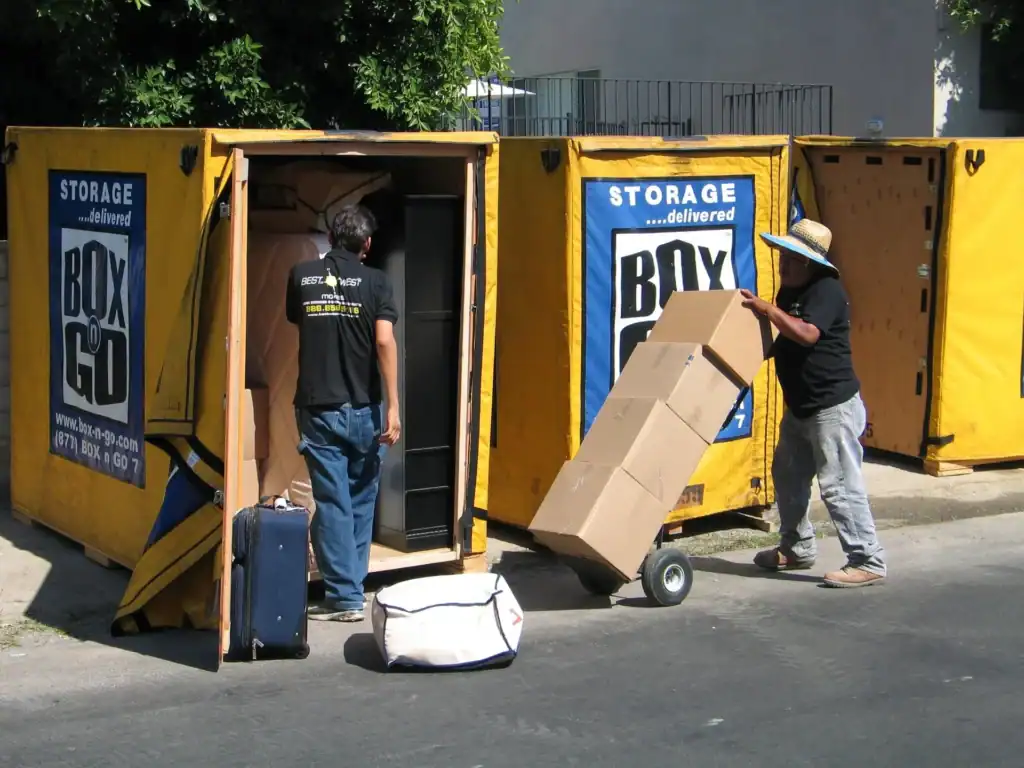
Conclusion: Ensuring Your Fragile Items Arrive Safely
Properly packing fragile items for storage is crucial to their safe transportation. By following the techniques outlined in this article, you can ensure that your delicate belongings arrive at their destination without damage. Box-n-Go’s portable storage solutions provide an added layer of protection, keeping your valuables safe during transit.
Effective packing is not just about wrapping items carefully; it’s also about selecting the right materials and using the correct techniques. By applying the strategies discussed, you can safeguard your fragile items against breakage and damage.
For more information on portable storage and moving solutions, visit our website or call 877-269-6461 today.

FAQ
What are the best practices for packing glassware for storage?
To pack glassware safely, wrap each item individually in bubble wrap or paper, and place them in a sturdy box with cushioning materials like foam inserts or packing peanuts. For added protection, consider using a specialized glassware box or a dish pack box with dividers.
How do I create a comprehensive storage packing checklist?
A comprehensive storage packing checklist should include a pre-packing assessment, a during-packing verification process, and a final box inspection. This ensures that all items are properly packed, labeled, and accounted for. You can also include a list of essential supplies, such as boxes, packing materials, and labels.
What are the benefits of using Box-n-Go’s portable storage solutions?
Box-n-Go’s portable storage solutions provide a convenient and secure way to store your belongings. Our containers are designed to protect your items from damage. By using Box-n-Go, you can ensure that your fragile items are safely stored and easily accessible.
How do I properly label and inventory my stored items?
To properly label and inventory your stored items, create a detailed inventory system that includes a list of the contents of each box. Label each box clearly with its contents and any relevant handling instructions, such as “Fragile” or “This Side Up.” You can also use digital tracking methods, such as a spreadsheet or a storage inventory app, to keep track of your stored items.
What are some specialized approaches for packing antiques and collectibles?
When packing antiques and collectibles, it’s essential to use custom packaging solutions that are tailored to the specific item. This may include using acid-free materials, creating custom boxes or inserts, and taking extra precautions to protect fragile or sensitive items. You should also consider climate considerations and insurance and valuation documentation to ensure that your valuable items are properly protected.

